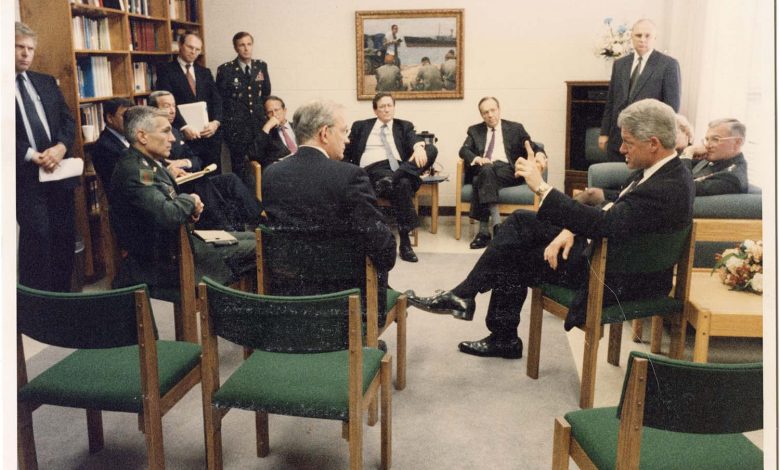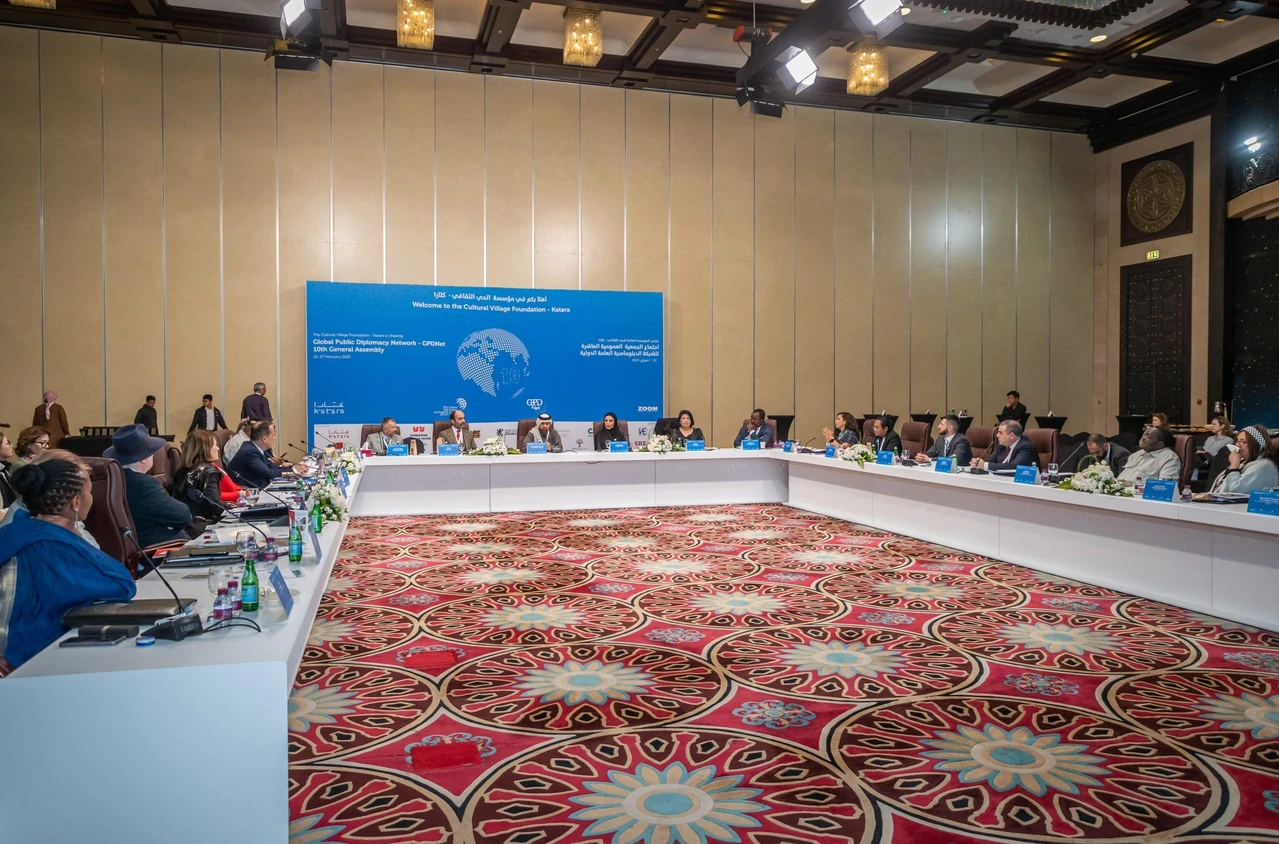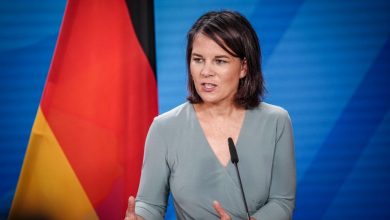Dayton Accords article by Ambassador Christopher R. Hill

On November 1, 1995, Secretary of State Warren Christopher and then-Deputy Secretary of State Richard Holbrooke opened negotiations with the Presidents of Croatia, Bosnia and Serbia at Wright-Patterson Air Force Base in Dayton, Ohio. The goal was to end a war that had claimed the lives of over 200,000 people in three years and displaced two million from their homes.
These successful negotiations led to the 1995 Dayton Accords. The Dayton Accords are an example of how diplomacy can end a complex and brutal conflict.
Christopher R. Hill, who later served as US Ambassador six times, was a key part of the negotiating team, working closely with Assistant Secretary of State Holbrooke. For his work during the Dayton negotiations, Hill received the State Department’s Distinguished Service Award and the Robert S. Fraser Award for Peace Negotiations.
Ambassador Hill recently donated some items related to the negotiations to the National Museum of American Diplomacy (NMAD).
A photo from a meeting with President Clinton
Photo of the meeting. Gift of Ambassador Christopher R. Hill; Official White House photo. Collection of the National Museum of American Diplomacy.
Above is a photo from a meeting on August 23, 1995 attended by US President Bill Clinton (right foreground), Secretary of State Warren Christopher (left side of circle, seated) and other members of Clinton’s national security team. Christopher Hill is standing by the bookshelves next to Secretary Christopher, holding a white folder. The meeting took place in Jackson Hole, Wyoming, where President Clinton was vacationing.
A week later, on August 30, the North Atlantic Treaty Organization (NATO) launched Operation Deliberate Force. This air campaign was a key element of NATO’s military intervention in the Bosnian conflict. A few months later, negotiations would begin in November that would result in the Dayton Accords.
A welcome letter to the Proximity Peace Talks

welcome letter. Gift of Ambassador Christopher R. Hill. Collection of the National Museum of American Diplomacy.
This letter, which is part of the welcome pack for all negotiators, was written by Wright-Patterson Air Force Commander Henry Viccellio, Jr. It refers to the Proximity Peace Talks, the official name for the talks. After their success, the talks and the agreements signed there were more often referred to by their location: Dayton.
Menus from the Dayton Agreement negotiations

Lobster menus for dinner. Gift of Ambassador Christopher R. Hill. Collection of the National Museum of American Diplomacy.
During the tough week-long talks at Wright-Patterson Air Force Base, negotiators from all sides stayed in quarters on the premises to facilitate negotiations and prevent all sides from using the news media to influence their outcome.
A few days after negotiations began on November 1, Serbian President Slobodan Milošević and his delegation hosted a lobster dinner for the American delegation. Held at the base officers’ club, it was a social event and a gesture of goodwill to the American hosts. Members of the American delegation signed these copies of the menu.
Contribute to the museum
We actively seek artifacts representing American diplomacy and the work of the US State Department. These artifacts can come from a variety of people and sources. Anyone who is or has been in a diplomatic capacity may have items that would fit well in our collection. If you have items that you might want to donate, please email us for more information.



